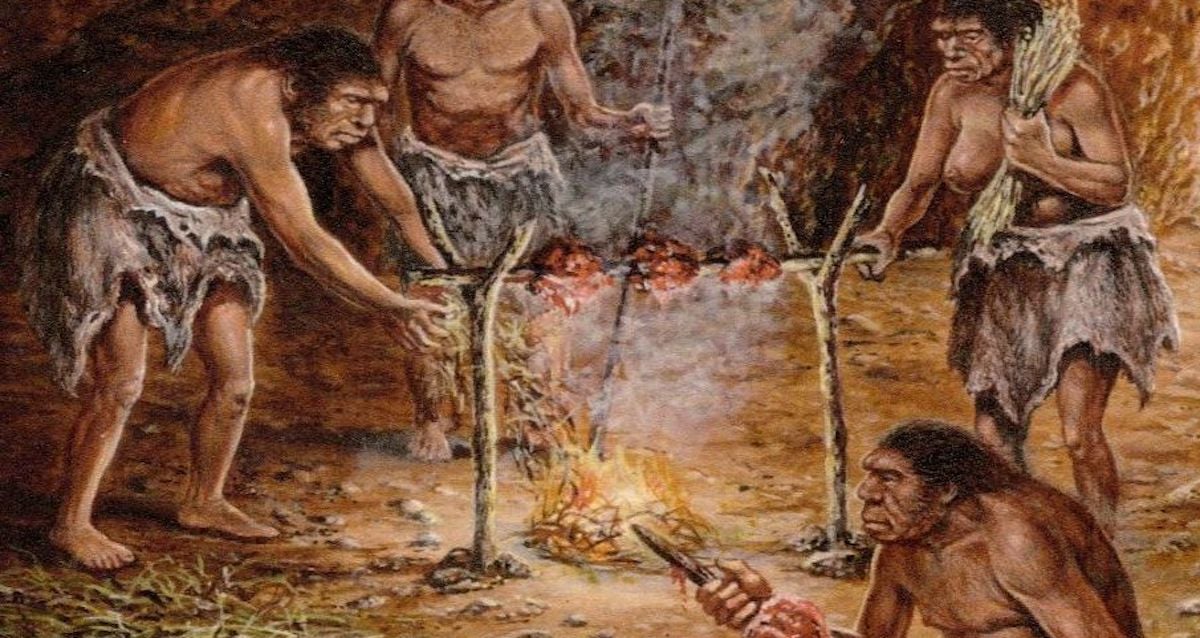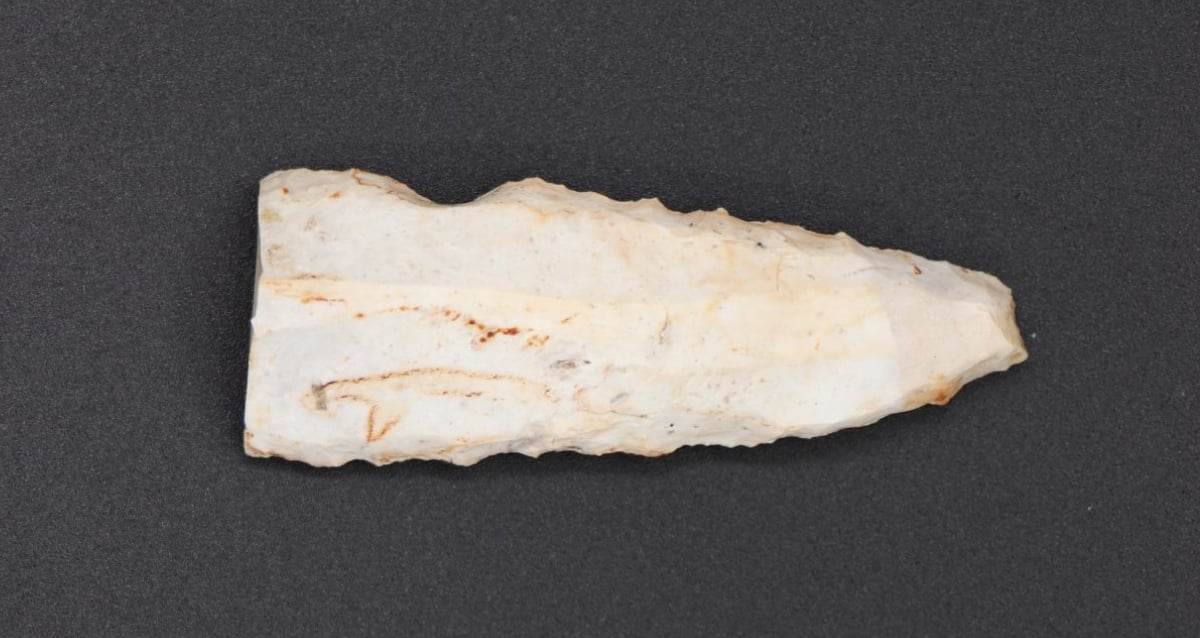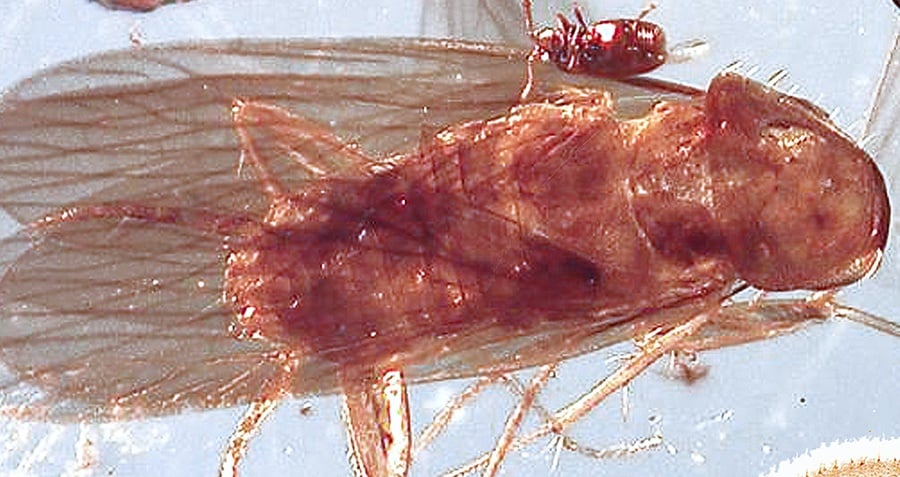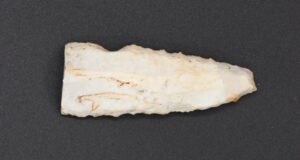Ancient Fire Secrets Revealed: The Real Reason Prehistoric Humans Mastered Flames Will Astonish You
This, again, suggests that fire was used not to cook or roast meat for immediate consumption, but instead to smoke the meat for future preservation.
According to Barkai, while fire was likely used initially only as a method of preservation, it was indeed eventually used for cooking as humans discovered they could use fire “at zero marginal energetic cost.”
This work is all part of a larger theory that Ben-Dor and Barkai are developing regarding early humans’ transition from hunting large game animals to smaller sources of food.
How Mastery Of Fire Fits Into The Bigger Picture Of Early Human Development
According to Ben-Dor, being able to preserve the meat of big game animals would’ve been crucial for early humans’ survival.
“From previous studies, we know that these animals were extremely important to early human diets and provided most of the necessary calories,” Ben-Dor said. “The meat and fat of a single elephant, for example, contain millions of calories, enough to feed a group of 20–30 people for a month or more.”

Dana Ackerfeld/Tel Aviv UniversityIllustration of prehistoric humans hunting an elephant with spears.
Essentially, it was advantageous for humans to rely on larger amounts of preserved meat as opposed to going out more frequently to hunt smaller animals.
When the populations of large animals began to decrease, the need to switch from large game hunting to small game hunting was likely a turning point for the use and development of fire as a tool.
The theory proposed in the study brings a new perspective to the prehistoric use of fire and how it fits into the larger picture of humans adjusting their eating patterns to account for the dwindling availability of large animals.













Post Comment